How Big Is Iphone X Compared To Iphone 8 Plus is a common question, and COMPARE.EDU.VN is here to provide a comprehensive comparison. This in-depth analysis will explore the dimensions, display technology, performance, camera capabilities, and other key features of these two iconic smartphones, helping you make an informed decision. We’ll delve into the details, examining the physical size differences, screen quality, processing power, battery life, and innovative features like Face ID.
1. Size and Dimensions: iPhone X vs. iPhone 8 Plus
When considering the size of a smartphone, it’s crucial to understand how it feels in your hand and fits in your pocket. Let’s delve into the physical dimensions of the iPhone X and iPhone 8 Plus.
The iPhone 8 Plus, with its classic design, is physically larger than the iPhone X, despite the iPhone X boasting a slightly larger screen when measured diagonally. This difference in size significantly impacts the overall user experience.
The iPhone 8 Plus measures 6.24 inches in height, 3.07 inches in width, and 0.30 inches in thickness, weighing in at 7.13 ounces. Its larger size is primarily due to the presence of bezels surrounding the 5.5-inch Retina display, which houses the FaceTime camera on the top and the traditional Home button at the bottom.
In contrast, the iPhone X sports a more compact design, measuring 5.65 inches in height, 2.79 inches in width, and 0.30 inches in thickness, with a lighter weight of 6.14 ounces. This compact form factor is achieved by minimizing the bezels around the 5.8-inch display and eliminating the Home button. The front-facing TrueDepth camera system is housed in a small “notch” at the top of the screen.
While the iPhone X offers a more modern and compact design, the iPhone 8 Plus provides a larger physical presence that some users may prefer, especially those with larger hands. Ultimately, the choice between the two depends on individual preferences and priorities.
Key Takeaways:
- iPhone 8 Plus: Larger dimensions, heavier, with bezels and a Home button.
- iPhone X: More compact, lighter, with minimal bezels and no Home button.
2. Display Technology: Retina LCD vs. Super Retina OLED
The display is one of the most critical aspects of a smartphone, influencing everything from browsing the web to watching videos and playing games. The iPhone 8 Plus and iPhone X feature distinct display technologies, each with its own strengths and weaknesses.
The iPhone 8 Plus retains the traditional Retina display, an LCD (Liquid Crystal Display) that has been a staple of Apple devices for years. In the Plus size, this display boasts a Full HD resolution of 1920×1080 pixels.
The iPhone X, on the other hand, introduces Apple’s Super Retina display, an OLED (Organic Light-Emitting Diode) panel that offers a dramatically different visual experience. OLED technology allows for individual pixels to be turned off completely, resulting in true blacks and a significantly higher contrast ratio. The Super Retina display also supports HDR (High Dynamic Range) video, providing a wider range of colors and greater detail in both bright and dark areas of the screen. Its resolution is 2436×1125 pixels. Apple markets the iPhone X with a Super Retina display.
Key Takeaways:
- iPhone 8 Plus: Retina LCD display with Full HD resolution.
- iPhone X: Super Retina OLED display with higher resolution and HDR support.
3. Performance and Processing Power: A11 Bionic Chip
The iPhone 8 Plus and iPhone X share the same powerful processor, Apple’s A11 Bionic chip. This ensures comparable performance for most tasks.
Both phones feature the A11 Bionic chip, a 64-bit system-on-a-chip (SoC) with an embedded M11 motion coprocessor. This chip is designed to handle a wide range of tasks, from everyday apps to demanding games and augmented reality experiences. The A11 Bionic also incorporates a dedicated neural engine, enabling on-device AI processing.
The A11 Bionic chip features a six-core design, with two high-performance cores for demanding tasks and four efficiency cores for tasks that require less power. Apple claims that the A11 is significantly faster than the previous generation processor, offering a smoother and more responsive user experience.
In benchmark tests, the iPhone 8 Plus and iPhone X perform similarly, demonstrating the capabilities of the A11 Bionic chip. This means that users can expect comparable performance from both devices when it comes to launching apps, browsing the web, playing games, and performing other common tasks.
Key Takeaways:
- iPhone 8 Plus: A11 Bionic chip with M11 motion coprocessor and neural engine.
- iPhone X: A11 Bionic chip with M11 motion coprocessor and neural engine.
4. Battery Life and Charging Capabilities
Battery life is a crucial consideration for smartphone users, as it determines how long you can use your device before needing to recharge. The iPhone 8 Plus and iPhone X offer similar battery life, although the iPhone 8 Plus may have a slight edge due to its physically larger battery.
Both iPhones support Qi wireless charging, allowing you to charge your device by simply placing it on a compatible charging pad. Apple also offers its own charging pad.
Additionally, both phones support fast charging, which can significantly reduce the time it takes to recharge your battery. However, fast charging requires the purchase of a separate USB-C power adapter and a USB-C to Lightning cable. With fast charging, you can expect to reach up to 50% charge in just 30 minutes.
Key Takeaways:
- iPhone 8 Plus: Up to 21 hours of talk time, 13 hours of internet use, 14 hours of video playback, and 60 hours of audio playback.
- iPhone X: Up to 21 hours of talk time, 12 hours of internet use, 13 hours of video playback, and 60 hours of audio playback.
- Both support Qi wireless charging and fast charging (with separate accessories).
5. Rear Camera System: Dual Lenses and Image Stabilization
The iPhone 8 Plus and iPhone X both feature dual-lens rear camera systems, offering advanced photography capabilities such as optical zoom and portrait mode.
The iPhone 8 Plus features a 12-megapixel wide-angle lens with an f/1.8 aperture and a 12-megapixel telephoto lens with an f/2.8 aperture. It also includes optical image stabilization (OIS) on the wide-angle lens, allowing for sharper images in low-light conditions.
The iPhone X shares the same dual-lens setup as the iPhone 8 Plus, but with one key difference: it features dual optical image stabilization, meaning that both the wide-angle and telephoto lenses are stabilized. This results in even sharper images and smoother videos, especially in challenging lighting conditions.
Key Takeaways:
- iPhone 8 Plus: Dual 12-megapixel cameras with OIS on the wide-angle lens.
- iPhone X: Dual 12-megapixel cameras with dual optical image stabilization.
6. Front-Facing Camera: FaceTime HD vs. TrueDepth
The front-facing cameras on the iPhone 8 Plus and iPhone X differ significantly, with the iPhone X boasting Apple’s advanced TrueDepth camera system.
The iPhone 8 Plus features a traditional FaceTime HD camera with a 7-megapixel sensor and an f/2.2 aperture. It can record 1080p video and captures wide-gamut color for more vibrant photos and Live Photos. It also includes a Retina Flash, which uses the screen to illuminate your face for better selfies in low light.
The iPhone X, on the other hand, features the TrueDepth camera system, which is far more advanced. This system includes a 7-megapixel camera, an infrared camera, a proximity sensor, a flood illuminator, and a dot projector. These components work together to create a detailed 3D map of your face, enabling features like Face ID and Animoji.
Key Takeaways:
- iPhone 8 Plus: FaceTime HD camera with 7-megapixel photos and 1080p video.
- iPhone X: TrueDepth camera with advanced sensors for Face ID, Portrait mode selfies, and Animoji.
7. Biometric Authentication: Touch ID vs. Face ID
One of the most significant differences between the iPhone 8 Plus and iPhone X is their biometric authentication method: Touch ID versus Face ID.
The iPhone 8 Plus retains the traditional Touch ID fingerprint sensor, which is embedded in the Home button. Touch ID allows you to unlock your phone, authenticate Apple Pay payments, and log in to third-party apps with your fingerprint.
The iPhone X replaces Touch ID with Face ID, a facial recognition system that uses the TrueDepth camera to scan your face. Face ID unlocks your phone, authenticates Apple Pay payments, and logs you in to third-party apps by recognizing your face.
Key Takeaways:
- iPhone 8 Plus: Touch ID fingerprint sensor embedded in the Home button.
- iPhone X: Face ID facial recognition using the TrueDepth camera.
8. Price and Storage Options
The iPhone X was initially priced higher than the iPhone 8 Plus, reflecting its advanced features and cutting-edge technology. Both phones were available in various storage options, allowing you to choose the capacity that best suits your needs.
When released, the iPhone 8 Plus was more affordable than the iPhone X. The iPhone X was considered a premium device due to its OLED display, Face ID technology, and other advanced features.
Key Takeaways:
- iPhone 8 Plus: Was less expensive compared to the iPhone X.
- iPhone X: Was more expensive compared to the iPhone 8 Plus.
9. Availability and Market Demand
The iPhone 8 Plus was generally easier to find in stores compared to the iPhone X, which faced high demand and limited availability due to its new technology and manufacturing complexities.
The iPhone X, being a first-generation technology, experienced supply constraints and longer wait times. The iPhone 8 Plus was more readily available in stores and online.
Key Takeaways:
- iPhone 8 Plus: Greater availability and shorter wait times.
- iPhone X: Limited availability and longer wait times.
10. Which iPhone Should You Buy?
Choosing between the iPhone 8 Plus and iPhone X depends on your individual priorities and preferences. Both devices offer a premium smartphone experience, but they cater to different needs.
Choose the iPhone 8 Plus if:
- You prefer a familiar design with a Home button and Touch ID.
- You want a larger screen without the higher price tag of the iPhone X.
- You value battery life and want the longest possible usage between charges.
- You prefer a traditional LCD display over an OLED display.
Choose the iPhone X if:
- You want the latest technology and a cutting-edge design.
- You are drawn to the bezel-less display and Face ID technology.
- You want the best possible camera performance with dual optical image stabilization.
- You don’t mind paying a premium for advanced features and a unique user experience.
Detailed Comparison Table
To further assist you in your decision-making process, here is a detailed comparison table outlining the key specifications of the iPhone 8 Plus and iPhone X:
| Feature | iPhone 8 Plus | iPhone X |
|---|---|---|
| Size | 6.24 x 3.07 x 0.30 inch | 5.65 x 2.79 x 0.30 inch |
| Weight | 7.13 ounces | 6.14 ounces |
| Display | 5.5-inch Retina LCD | 5.8-inch Super Retina OLED |
| Resolution | 1920×1080 pixels | 2436×1125 pixels |
| Processor | A11 Bionic chip | A11 Bionic chip |
| RAM | 3GB | 3GB |
| Storage Options | 64GB, 256GB | 64GB, 256GB |
| Rear Camera | Dual 12-megapixel cameras | Dual 12-megapixel cameras |
| Front Camera | 7-megapixel FaceTime HD camera | TrueDepth camera system |
| Biometric | Touch ID | Face ID |
| Battery Life | Up to 21 hours talk time | Up to 21 hours talk time |
| Wireless Charging | Qi wireless charging | Qi wireless charging |
| Fast Charging | Yes (with separate adapter) | Yes (with separate adapter) |
| Operating System | iOS 11 (at launch) | iOS 11 (at launch) |
| Price (at launch) | Starting at $799 | Starting at $999 |
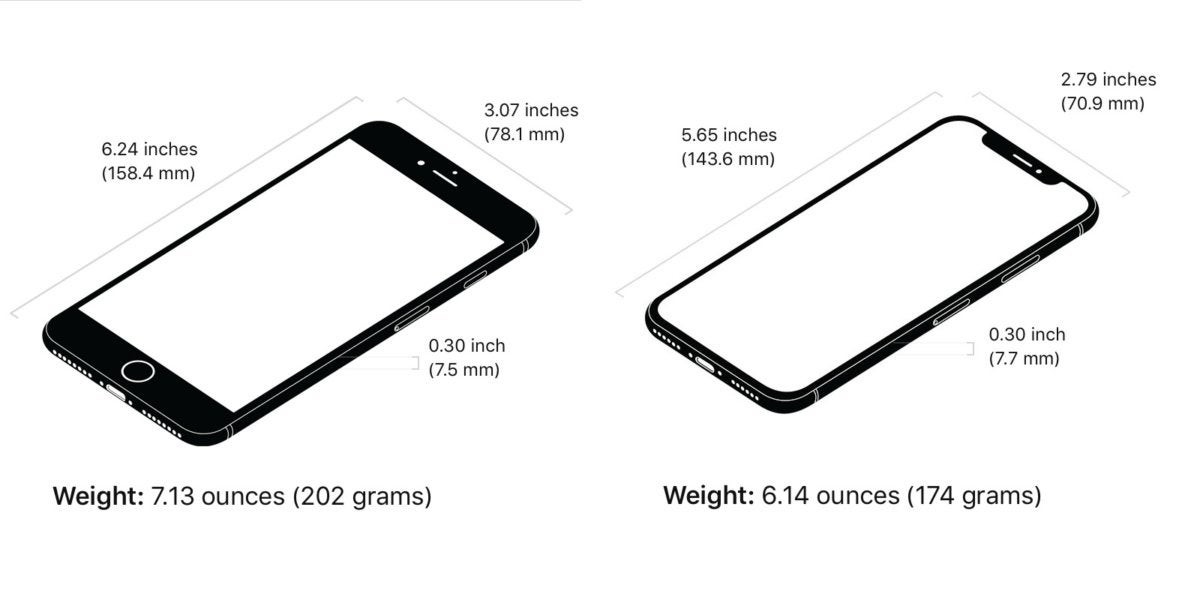
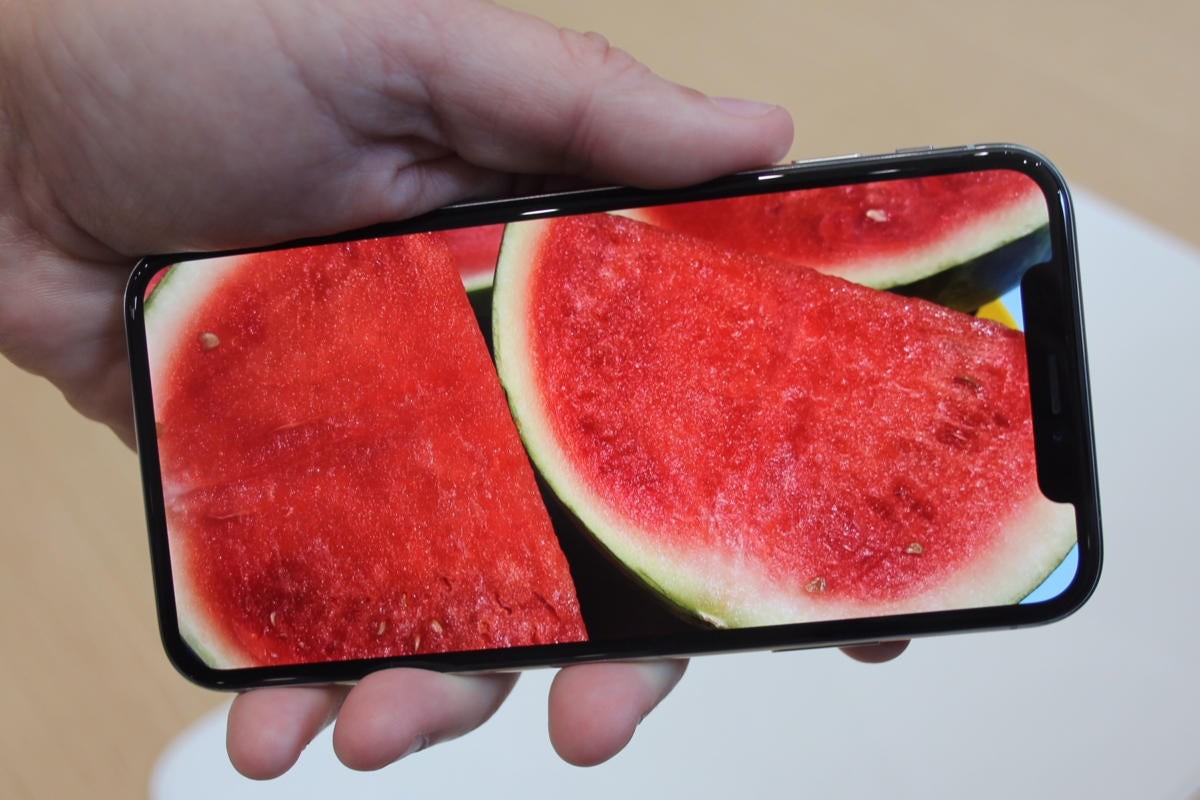
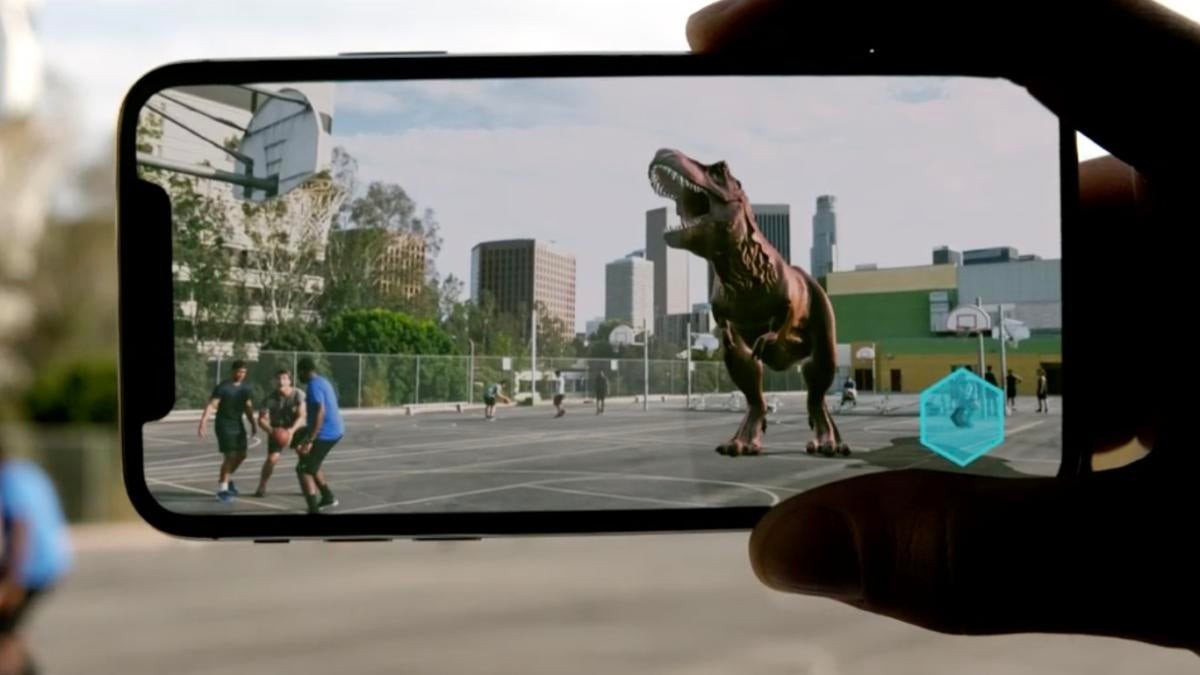
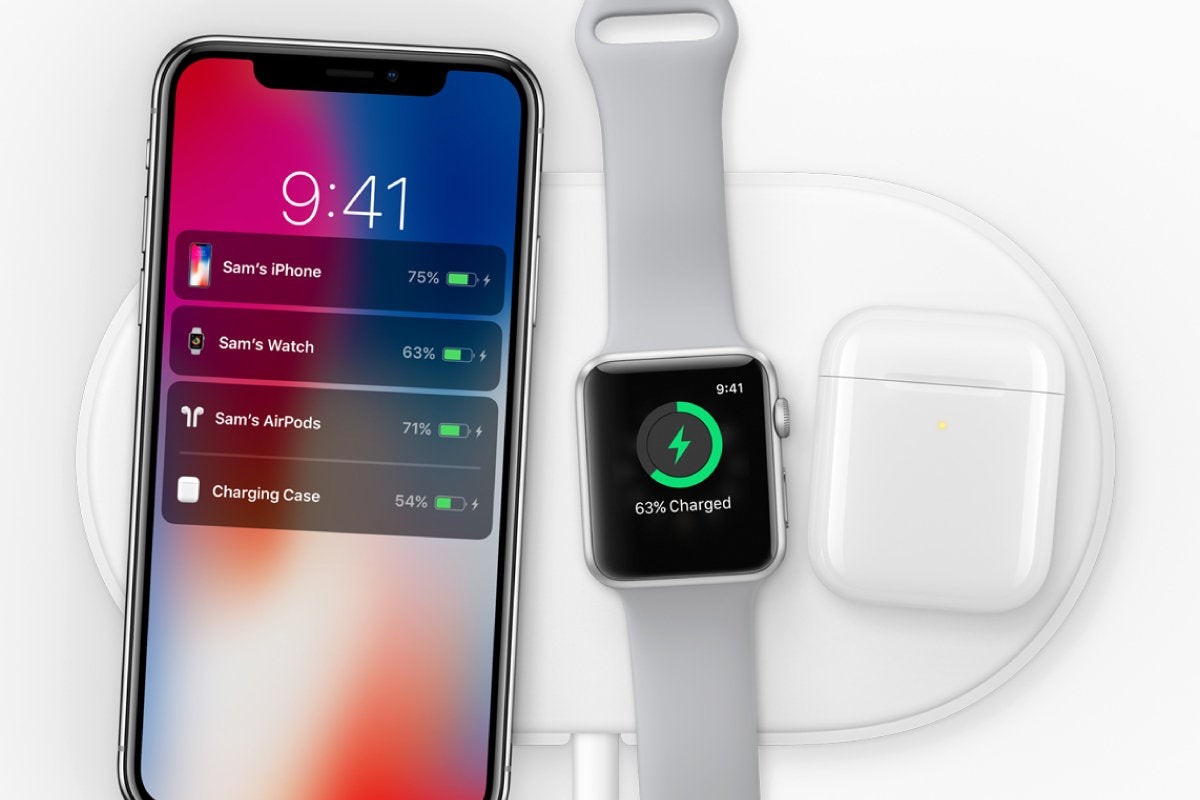
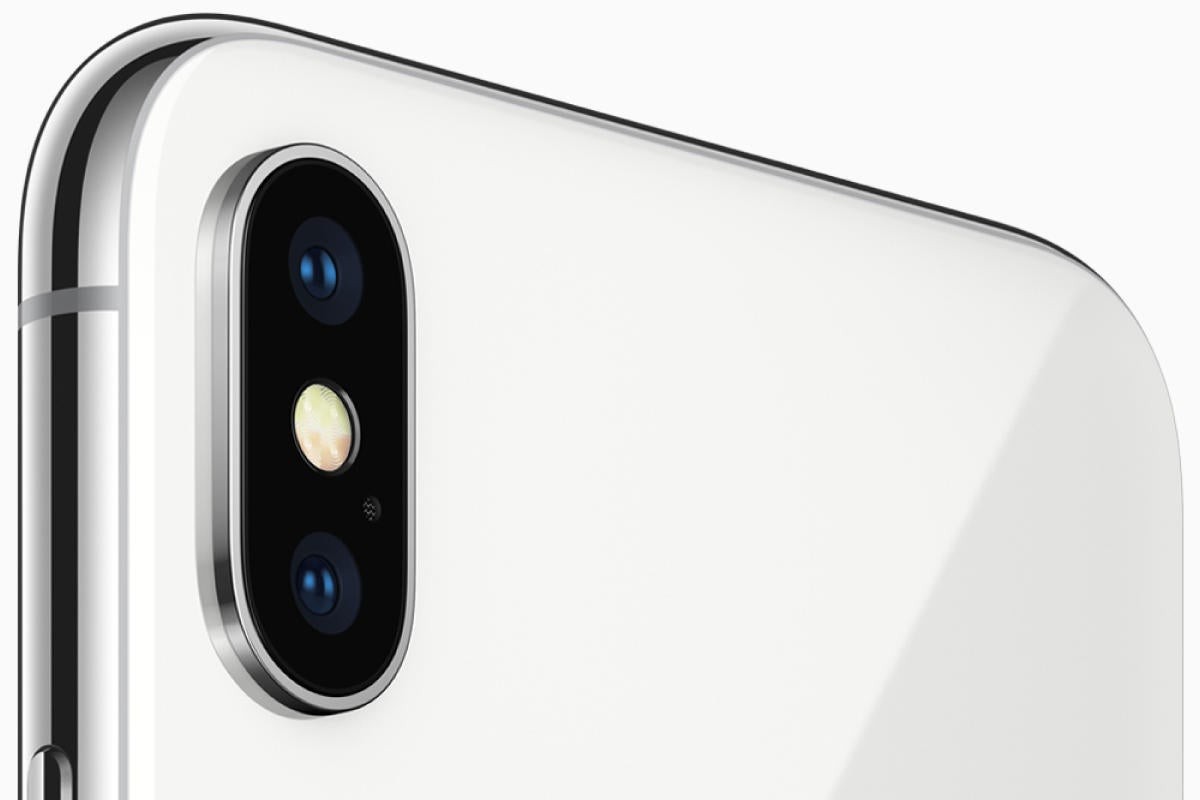
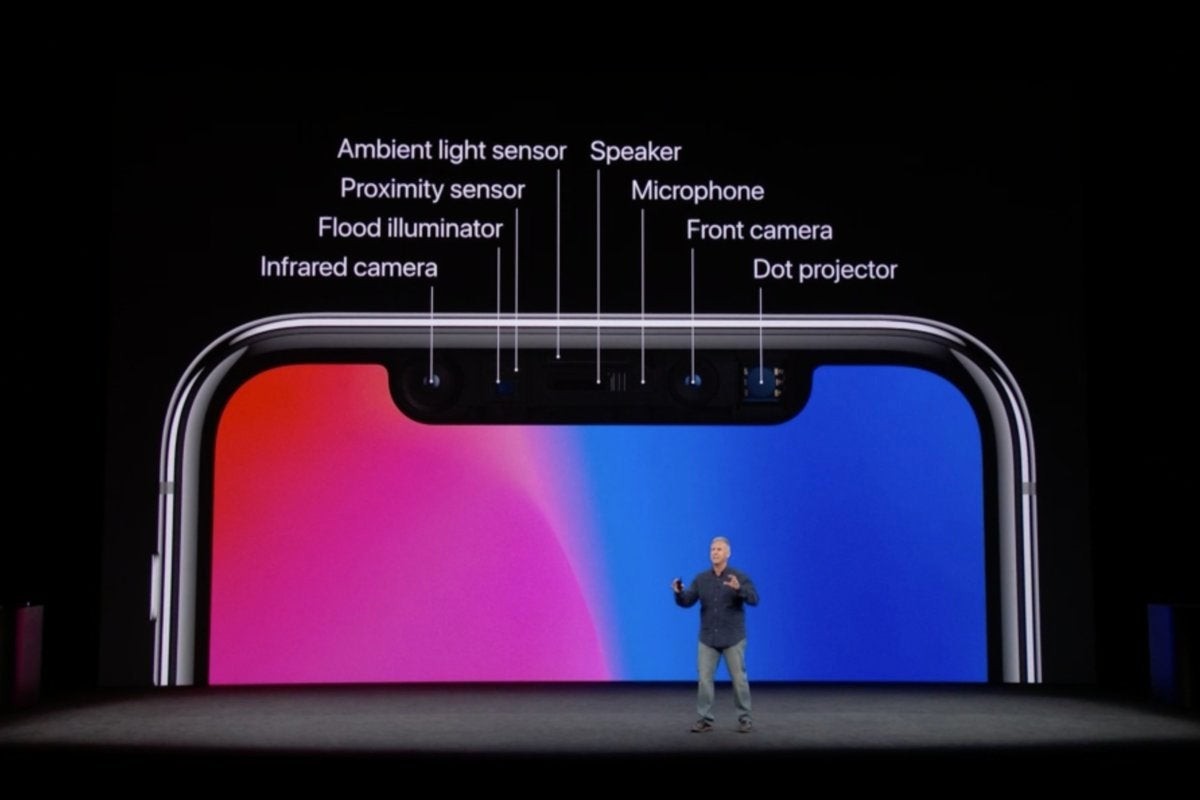
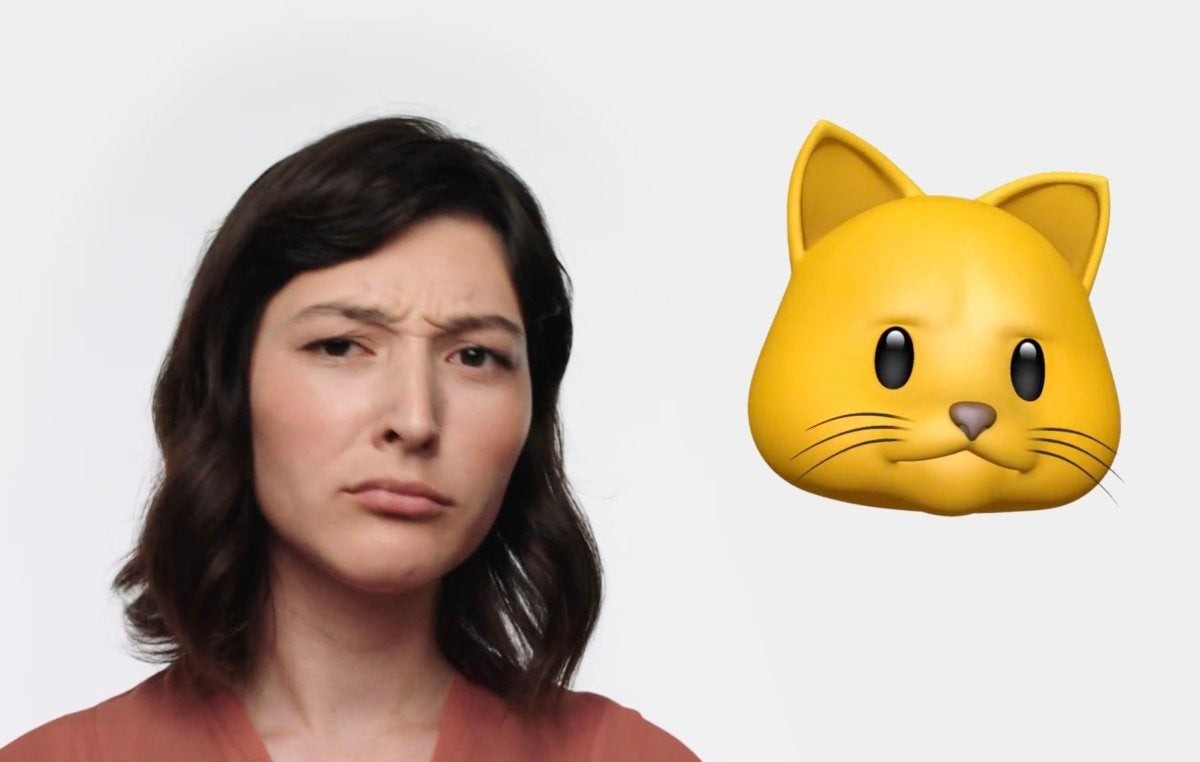
COMPARE.EDU.VN: Your Guide to Informed Decisions
At COMPARE.EDU.VN, we understand the challenges of comparing different products and services. Our mission is to provide you with comprehensive, objective, and easy-to-understand comparisons that empower you to make informed decisions. Whether you’re comparing smartphones, laptops, or any other product, we’re here to help you navigate the complexities and find the perfect fit for your needs.
Customer Challenges Addressed
- Objective Comparisons: We offer unbiased comparisons, highlighting the pros and cons of each option.
- Detailed Information: We provide in-depth specifications, features, and performance analysis.
- User Reviews and Expert Opinions: We incorporate user reviews and expert opinions to provide a well-rounded perspective.
- Visual Aids: We use tables, lists, and other visual aids to make comparisons easy to understand.
- Up-to-Date Information: We keep our comparisons up-to-date with the latest products and information.
How COMPARE.EDU.VN Helps You
- Saves Time and Effort: We do the research so you don’t have to.
- Reduces Confusion: We simplify complex information and present it in a clear and concise manner.
- Increases Confidence: We empower you to make informed decisions with confidence.
- Finds the Best Fit: We help you identify the product or service that best meets your needs and budget.
Ready to explore more comparisons and make smarter choices? Visit COMPARE.EDU.VN today! Our comprehensive comparisons cover a wide range of products and services, helping you save time, reduce confusion, and make confident decisions.
Address: 333 Comparison Plaza, Choice City, CA 90210, United States
WhatsApp: +1 (626) 555-9090
Website: COMPARE.EDU.VN
Frequently Asked Questions (FAQ)
1. Is the iPhone X bigger than the iPhone 8 Plus?
No, the iPhone X is physically smaller than the iPhone 8 Plus, even though it has a slightly larger screen.
2. Which phone has a better display, the iPhone 8 Plus or the iPhone X?
The iPhone X has a better display due to its Super Retina OLED technology, which offers higher contrast, better color accuracy, and HDR support.
3. Do the iPhone 8 Plus and iPhone X have the same processor?
Yes, both phones are powered by Apple’s A11 Bionic chip.
4. Does the iPhone X have better battery life than the iPhone 8 Plus?
The iPhone 8 Plus may have slightly better battery life due to its larger physical battery, but the difference is not significant.
5. Which phone has a better camera, the iPhone 8 Plus or the iPhone X?
The iPhone X has a slightly better camera due to its dual optical image stabilization, which stabilizes both the wide-angle and telephoto lenses.
6. What is Face ID, and how does it work?
Face ID is a facial recognition system that uses the TrueDepth camera to scan your face. It unlocks your phone, authenticates Apple Pay payments, and logs you in to third-party apps by recognizing your face.
7. Is Face ID secure?
Yes, Apple claims that Face ID is more secure than Touch ID. It is designed to prevent spoofing with photos or masks.
8. Can I still use a passcode if Face ID doesn’t work?
Yes, you can still use a passcode as a backup if Face ID fails to recognize your face.
9. Which phone is more expensive, the iPhone 8 Plus or the iPhone X?
The iPhone X was more expensive at launch, reflecting its advanced features and cutting-edge technology.
10. Where can I find more comparisons of different products and services?
Visit compare.edu.vn for comprehensive, objective, and easy-to-understand comparisons that empower you to make informed decisions.